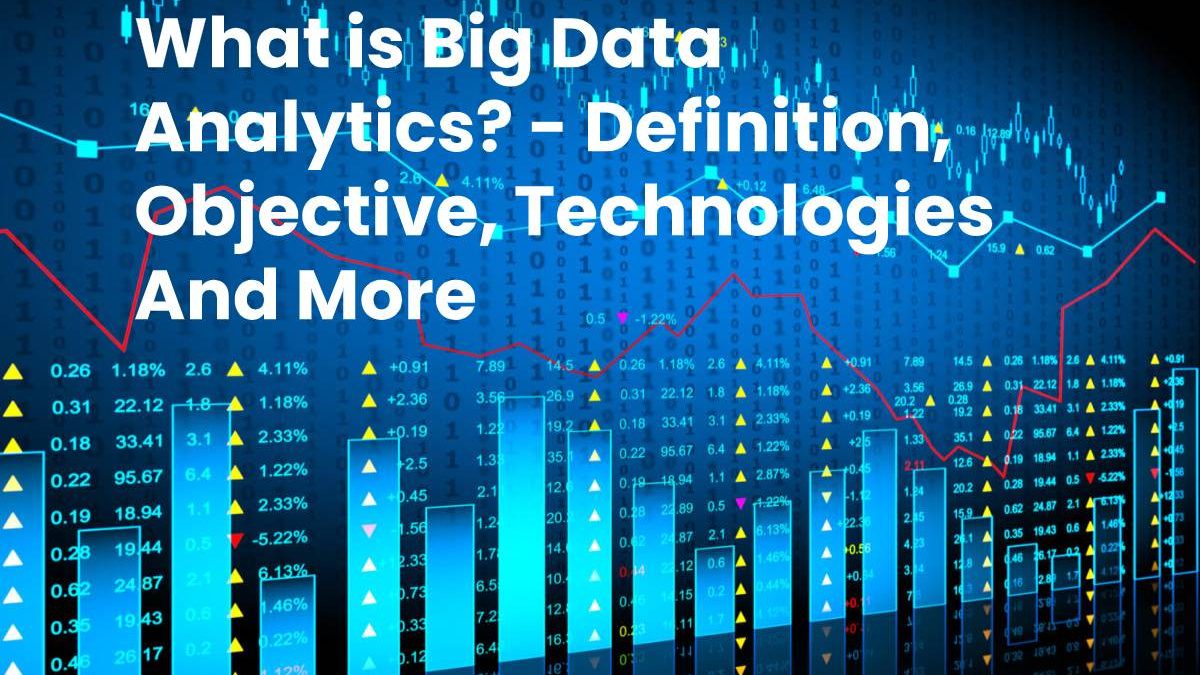Definition Big Data Analytics
‘Big data’ analytics is the process of examining large amounts of data of a variety of types (big data) to discover hidden patterns, unknown correlations, and other useful information. Such information can provide competitive advantages through rival organizations and result in business benefits. Such as more effective marketing and higher revenues.
Also read: What is Gadget? – Definition, Etymology, Types, and More
The objective of Big Data Analytics
The main aim of large data analysis is to help companies make better business decisions by allowing scientists and other data users to analyze large volumes of transactional data. As well as other data sources that may have been left untapped by the Conventional business intelligence (BI) programs.
These data sources may include
- webserver logs
- and internet click tracking data,
- social activity reports,
- media,
- mobile phones,
- detailed call logs, and the information captured by the sensors.
Some people exclusively associate big data and analysis of large volumes of data with unstructured data of that type. But consultants such as Gartner and Forrester Research Inc. also consider transactions and other structured data as valid forms of big data.
Big data analysis requires generally used software tools in the framework of higher analytical disciplines, such as data mining and predictive analysis. However, the unstructured sources of data used for the analysis of large data may not fit into traditional data stores. Besides, traditional data stores may not be able to handle the demands of significant data processing.
As a result, a new class of large data technology has emerged and get used in many large data analyzes.
Technologies required
Technologies related to data analysis include large NoSQL, Hadoop, and MapReduce databases. These technologies form the core of an open-source software framework that supports the processing of large volumes of data through clustered systems.
The potential dangers that can cause stumbling blocks in big data analysis initiatives in organizations include the lack of internal analysis skills and the high cost of hiring professionals with analytical experience. As well as challenges in the integration of Hadoop systems and warehouses of data. Although vendors are beginning to offer software connections between technologies.
Also read: What is CAGR? – Definition, Characteristics, Advantages, and More
Also You can find more helpful resources at webtechradar
Kamran Sharief
Related posts
Sidebar
Recent Posts
The Best Forex Brokers for Beginners
Since COVID-19 first popped up, interest in the forex market has increased dramatically. Knowing how to get involved with minimal…
Maximizing Success: The Symbiosis of Dedicated Software Development Teams and Product Design Services
The Symbiosis of Dedicated Software Development Teams and Product Design Services In the rapidly evolving landscape of technology, businesses aiming…



